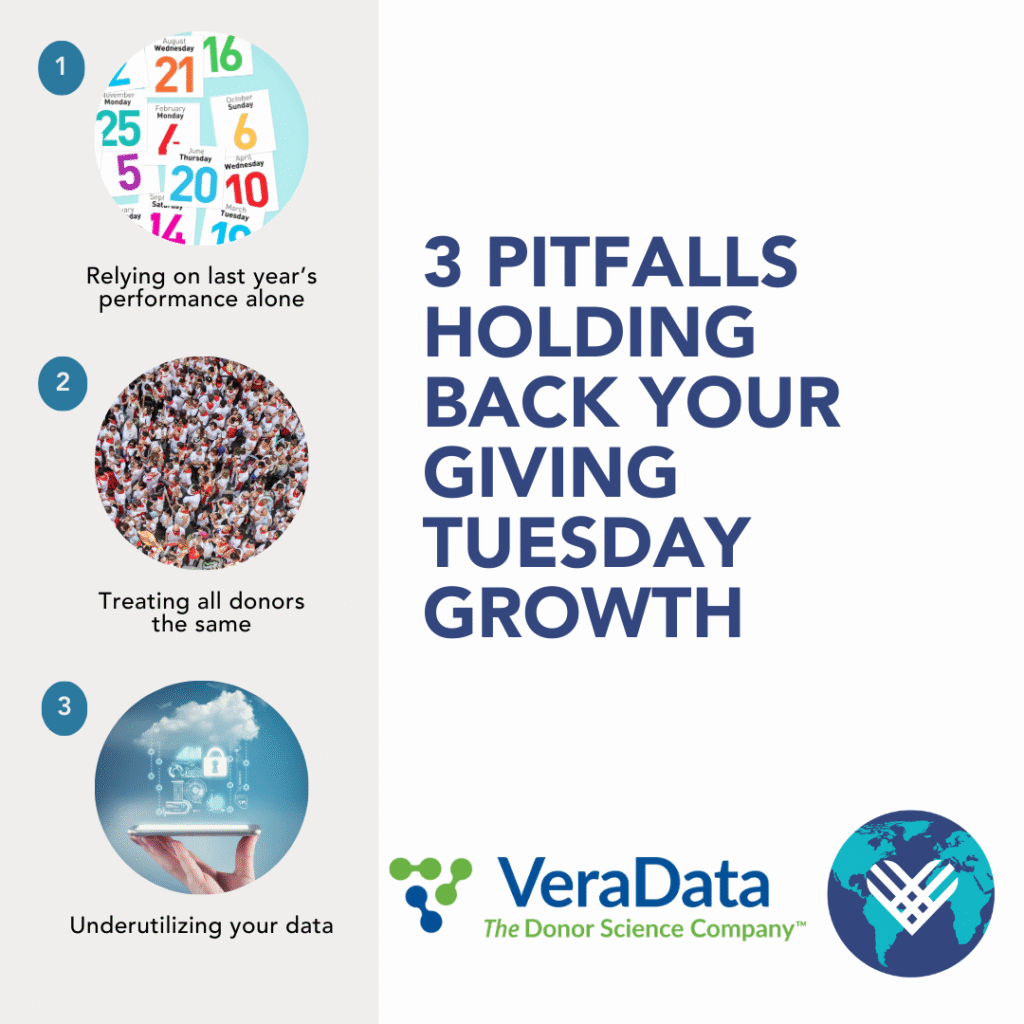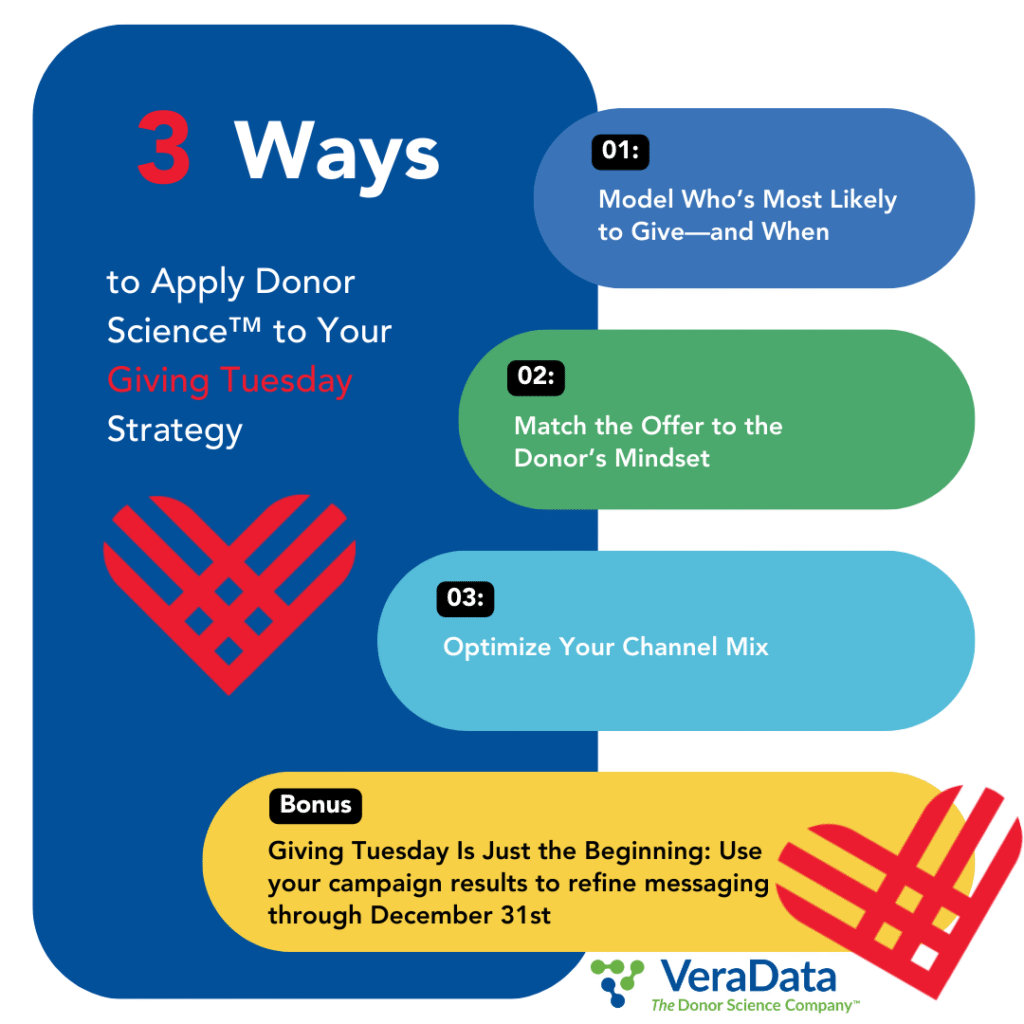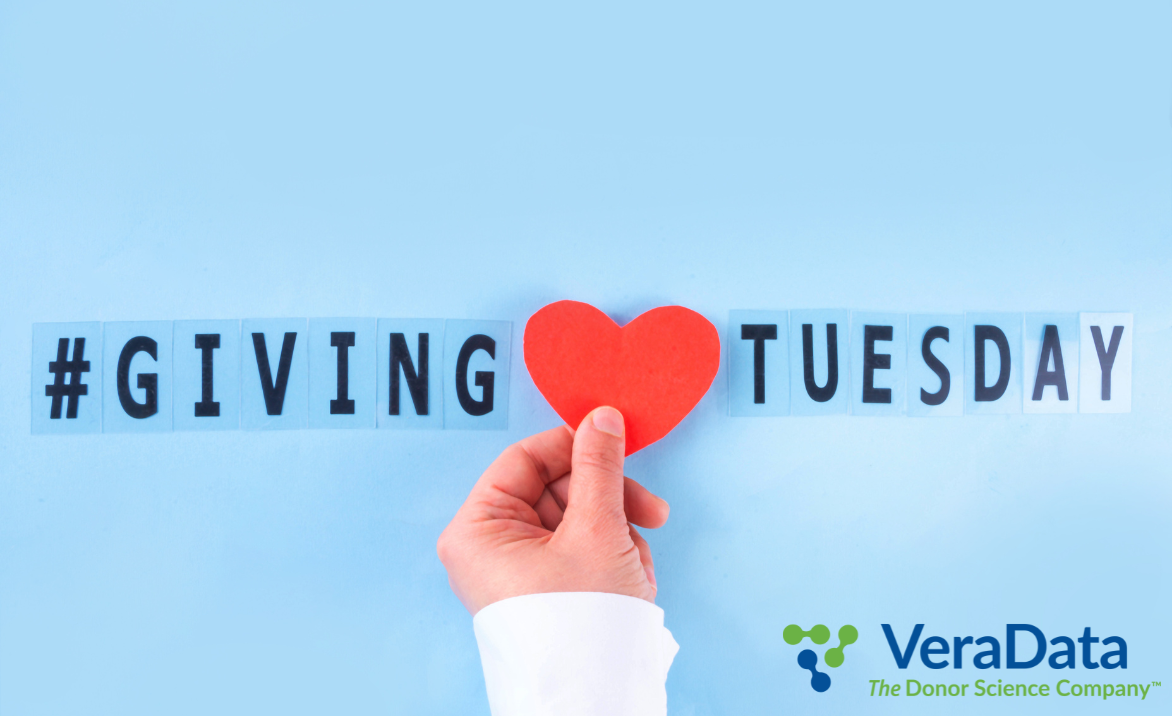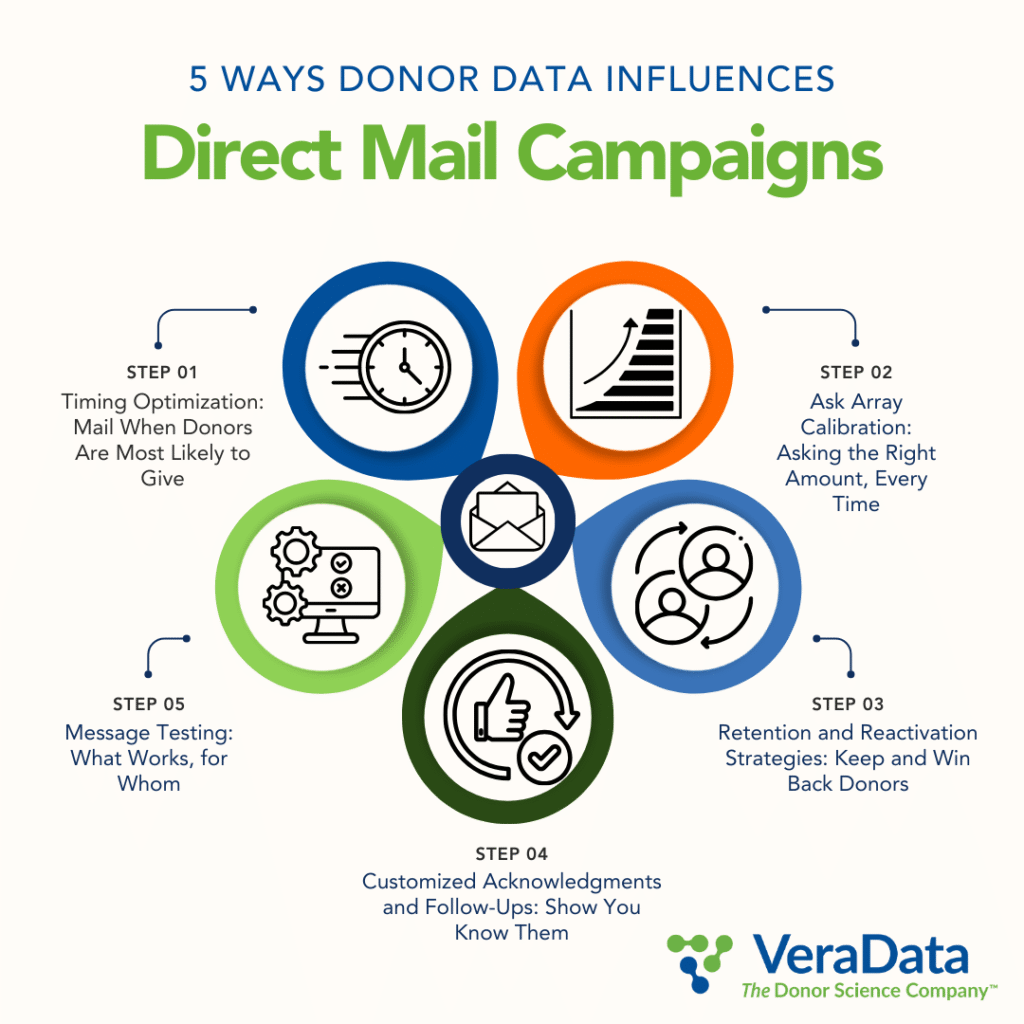Giving Tuesday is the biggest single-day fundraising opportunity of the year—but let’s be real, the competition is fierce. Every nonprofit is vying for attention, donor inboxes are overflowing, and marketing costs continue to rise. The question is, how do you stand out, break through the noise, and capture not just donations but lasting donor relationships?
The answer is smarter strategy, fueled by actionable insights. That’s exactly why Donor Science™ matters. Donor Science™, powered by AI and advanced analytics, is the innovative advantage nonprofits need to turn Giving Tuesday into a day that delivers results—not just for a day, but year-round.
What’s Holding Back Your Giving Tuesday Growth?
If your Giving Tuesday campaign feels stuck in neutral, you’re not alone. Many organizations run into the same roadblocks. Three pitfalls show up again and again:
- Relying on last year’s performance alone. Sure, last year gives you benchmarks, but it doesn’t account for shifts in donor behavior, economic factors, or new campaign opportunities. Behavior shifts year to year; last year’s winners aren’t guaranteed to repeat.
- Treating all donors the same. Motivation, capacity, and timing vary widely across your file. Sending the same message to everyone in your database limits your impact. Disregarding those nuances can hurt your campaign results.
- Underutilizing your data. You already hold a wealth of information within your donor database, but are you leveraging it fully? Without advanced analytics, key insights often remain hidden.
This is where Donor Science™ can transform your approach. By applying predictive and prescriptive modeling and behavioral analysis, Donor Science™ empowers nonprofits to move beyond guesswork toward precision-based campaigning.

How to Apply Donor Science™ to Your Giving Tuesday Strategy
1. Model Who’s Most Likely to Give—and When
Not all donors are alike, and timing should play a critical role in your Giving Tuesday outreach strategy. By analyzing donation trends—like recency, frequency, and gift behavior—you can predict which donors are ready to give early and which prefer to act later when urgency ramps up.
Take it a step further by layering AI-driven insights and score for timing: what donors will react positively–and perhaps give early—to a warm-up series the week before Giving Tuesday? Which among them tends to convert late on the day? Build cadences around those windows so each donor segment gets messages when they’re most receptive.
2. Match the Offer to the Donor’s Mindset
Effective appeals don’t start with your organization—they start with your donor. Behavioral signals—email clicks, page visits, video views, event attendance, advocacy actions—often say more than gift history alone. Add psychographic and demographic overlays to shape creative, tone, and ask amounts.
Here’s how:
- Tailor ask amounts based on donors’ previous giving behavior.
- Align messaging with donor personas—for example, use urgency and countdowns for last-minute responders, use matching language for higher-capacity donors, or incorporate premiums for value-seekers.
- Refine premium offers or urgency language to resonate with donor intent.
When creative and messaging align with individual preferences, response rates and average gift sizes rise.
Optimize Your Channel Mix
Donor Science™ helps you identify not just what to say, but where. Don’t restrict outreach to your “active” file. Model for response, not just recency. Let data guide where to press: who will convert via email, who needs an SMS nudge, and who benefits from coordinated direct mail support. Set rules to cap contacts and avoid conflicting messages across channels—fatigue is expensive.
Bonus: Giving Tuesday Is Just the Beginning
Giving Tuesday isn’t just a single-day event—it’s the spark for your year-end fundraising strategy. Use your campaign results to refine messaging through December 31st by testing audience segments, fine-tuning creative, and stewarding first-time donors into becoming recurring supporters.
Treat Giving Tuesday as the opening move of your year-end giving campaign.
- Use same-day results and test panels to refine audiences, offers, and creative through December 31st.
- Try quick tests on subject lines, match framing, gift arrays, and landing page layouts.
- Roll forward quickly with your Giving Tuesday test winners to maximize your end-of-year results.

You Already Have the Data. We Can Help You Unlock It.
Your donor data holds the answers to your organization’s Giving Tuesday success. VeraData’s Donor Science™ approach combines AI, machine learning, and human insight to identify, reach, and convert your best donor prospects—with precision, not guesswork. We’ll show you who’s likely to give, when to reach them, what to ask, and which channels to coordinate—so your team raises more while spending smarter.
Ready to see what’s possible?


